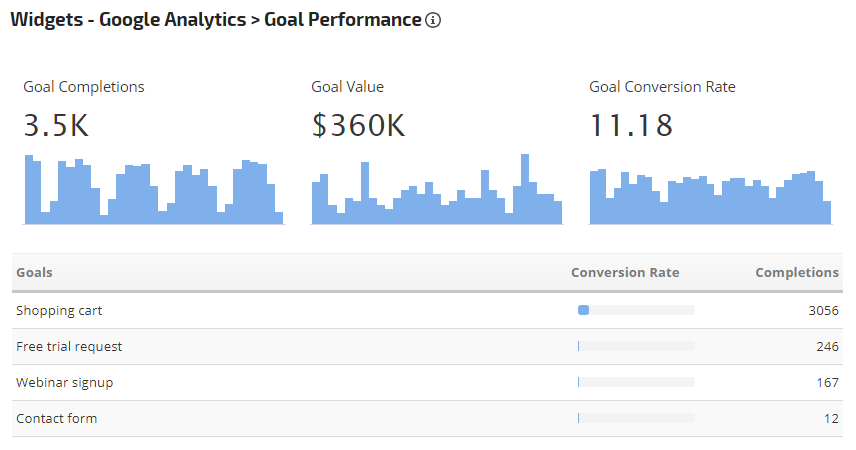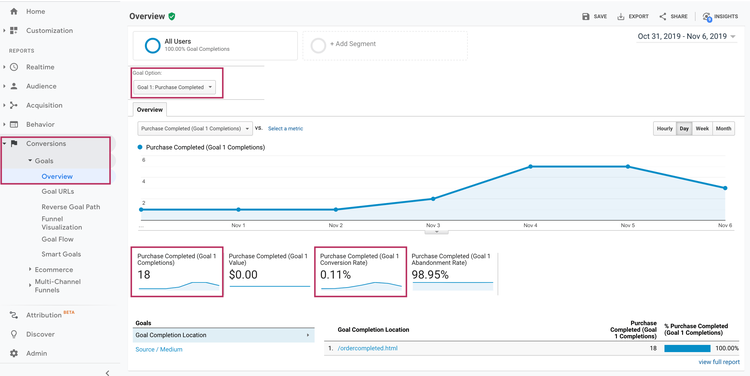What Data Is Google Analytics Goals Unable to Track: Learn the Limitations
What Data Is Google Analytics Goals Unable to Track: Learn the Limitations
Blog Article
Debunking Google Analytics Limitations: Reveal What Data Goals Can not Track
In the realm of electronic analytics, Google Analytics stands as an effective device that provides useful understandings into website efficiency and individual behavior. Nevertheless, amidst its capacities, there exist limitations that typically go unnoticed. Understanding what Google Analytics can not track is crucial for a thorough understanding of data analysis and decision-making processes. From the intricacies of customer interaction with vibrant content to the complexities of cross-device customer journeys, these constraints lost light on areas that may continue to be obscured from standard analytics point of views. By deciphering these constraints, a clearer picture arises, permitting even more educated methods and refined insights into customer engagement and conversions.

Individual Interaction With Dynamic Web Content
User interaction with dynamic content plays a crucial function in understanding customer actions on websites and enhancing the general user experience. Dynamic material describes components on a webpage that can alter without the demand for a complete page reload. This includes interactive elements such as pop-ups, sliders, types, and video clips that reply to individual activities in real-time. By tracking customer interactions with vibrant content, internet site owners can acquire useful understandings into user engagement, choices, and habits.
Google Analytics uses various devices to track user communications with vibrant material, such as event monitoring and digital pageviews. Event tracking permits you to keep track of certain user activities, like clicking a button or seeing a video, providing information on just how customers connect with vibrant elements. Virtual pageviews can be utilized to track interactions that do not cause a brand-new page lots, supplying a thorough sight of user engagement with dynamic content. By assessing this data, site owners can make informed choices to boost customer experience and drive conversions.
Cross-Device Individual Journeys
Just how can contemporary analytics tools track the complicated courses individuals take across multiple gadgets in their on the internet trips? Cross-device user journeys present a significant challenge for tracking and assessing individual habits precisely. As users interact with applications or websites using various devices such as mobile phones, desktop computers, and tablets, it comes to be essential to comprehend exactly how they move in between these platforms to optimize customer experience effectively.
Google Analytics deals with limitations in tracking cross-device customer trips as a result of privacy issues and technological restraints - what data is google analytics goals unable to track. While it can offer insights right into private gadgets' interactions, tracking a smooth user trip across multiple gadgets stays a challenge. This limitation can lead to insufficient information and fragmented individual understandings, making it challenging for organizations to produce a unified sight of the client trip
To address this problem, services can make use of advanced analytics tools that use cross-device tracking capabilities, enabling them to get an extra holistic understanding of user behavior. By leveraging these devices, services can link the void in tracking cross-device individual trips and enhance their electronic strategies for a seamless individual experience.
Offline Conversions and Attribution
As services browse the difficulties of tracking cross-device individual journeys, another pivotal facet to take into consideration is the realm of offline conversions and attribution in the realm of data analytics. While Google Analytics offers valuable insights into on the internet user habits, it drops short when it comes to tracking conversions that occur offline. This constraint poses a considerable challenge for organizations that have both online and offline sales channels.
Offline conversions, such as purchases made in physical shops or through call centers, are necessary to understanding the total customer trip. Without the ability to associate these offline conversions to particular on-line communications, organizations might struggle to precisely measure the impact of their digital marketing efforts.
To address this gap, organizations can explore different services such as integrating CRM systems with on-line analytics tools or utilizing unique discount codes that can be traced back to on the internet campaigns. By bridging the space between online and offline data, companies can obtain a more comprehensive understanding of their consumers' actions and enhance their total advertising approaches.
Person User Identification
In the world of information analytics, the capability to precisely recognize private users throughout various on-line touchpoints is an important challenge for businesses looking for to personalize and maximize their marketing approaches. While Google Analytics supplies valuable insights right into customer behavior and communications, it falls short in allowing the identification of particular people as a result of personal privacy worries and technical restrictions. Google Analytics makes use of one-of-a-kind identifiers such as cookies to track individual her explanation sessions and habits, but these do not correspond to determining specific users in an individual sense.

Data From Secure Pages
In spite of the enhancing occurrence of secure web pages on websites, acquiring data from these encrypted resources offers an one-of-a-kind challenge for electronic analytics platforms like Google Analytics. Safeguard web pages, suggested by HTTPS in the URL, encrypt data exchanged between the customer's browser and the site's server to make sure privacy and security. While this file encryption is important for securing sensitive details, it additionally presents restrictions for tracking user habits and event analytics information.
Google Analytics deals with barriers in gathering thorough information from safe and secure web pages due to the encryption protocols in area. Because of this, specific information points such as referral sources, keyword searches, and also some individual interactions might not be totally visite site captured when individuals access a website via a protected connection. This limitation can affect the precision and completeness of the data analysis, resulting in gaps in understanding individual actions and choices on protected web pages.
To browse this challenge, electronic analysts may need to discover alternative tracking techniques or leverage various other devices particularly created to gather understandings from safe web pages. By adapting techniques to fit these limitations, businesses can still obtain valuable analytics article source regardless of the restrictions presented by encrypted connections.
Verdict
Finally, Google Analytics has limitations in tracking customer interaction with vibrant material, cross-device individual journeys, offline conversions, individual customer recognition, and information from protected web pages. These restrictions impede a comprehensive understanding of customer behavior and might bring about voids in data analysis. Despite its valuable insights, Google Analytics might not supply a total picture of user interaction across various touchpoints. It is necessary for services to be aware of these restrictions and think about additional devices for a much more all natural sight of their data.
User interaction with dynamic web content plays a crucial duty in comprehending user habits on websites and maximizing the general individual experience. By tracking individual communications with dynamic material, website owners can obtain important insights into individual engagement, preferences, and habits.
Google Analytics makes use of one-of-a-kind identifiers such as cookies to track individual sessions and behavior, yet these do not correspond to determining specific customers in an individual sense.
As a result, specific information points such as referral resources, keyword searches, and also some individual communications may not be totally recorded when users access a site through a safe and secure link.In conclusion, Google Analytics has limitations in tracking individual communication with dynamic content, cross-device customer journeys, offline conversions, specific user recognition, and information from safe web pages.
Report this page